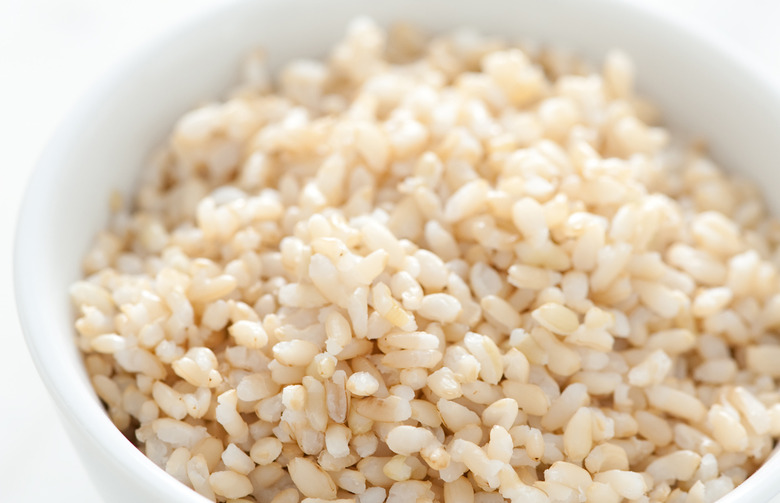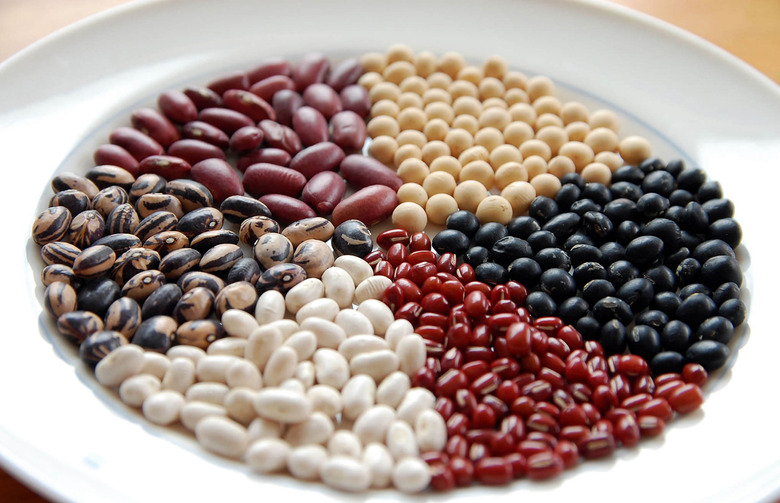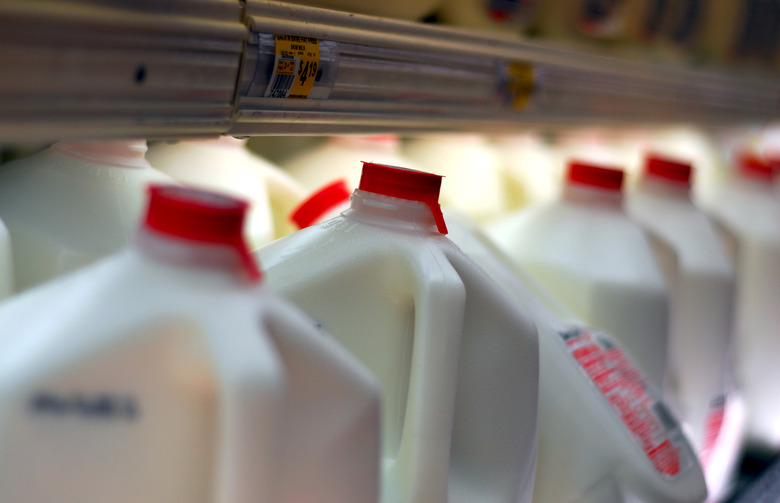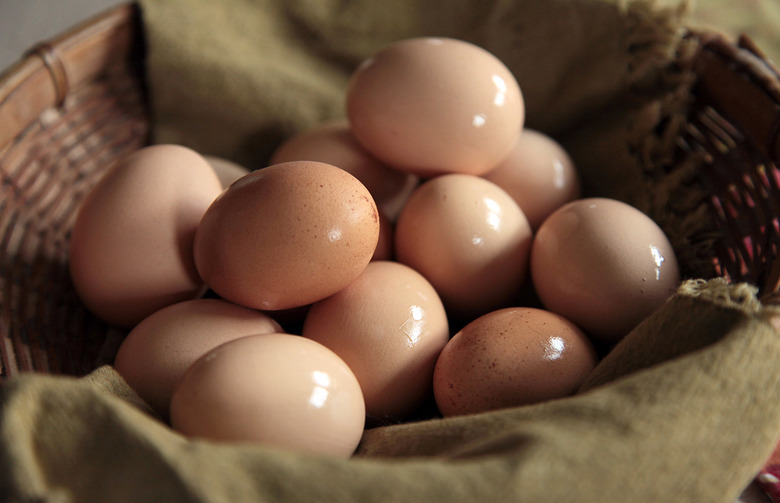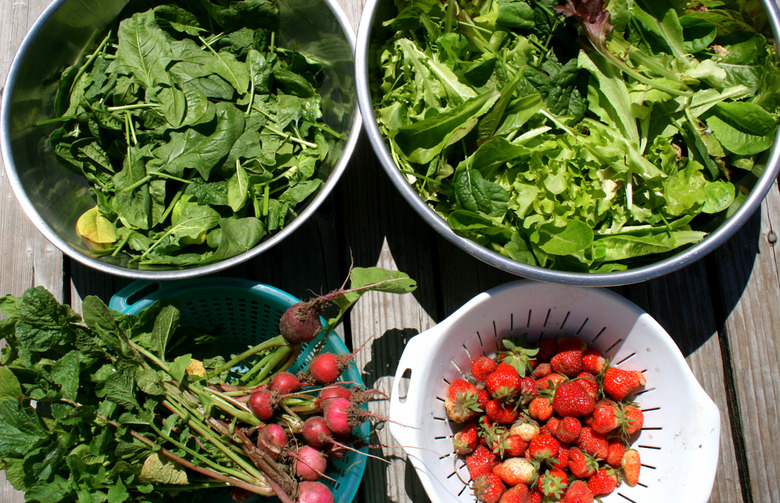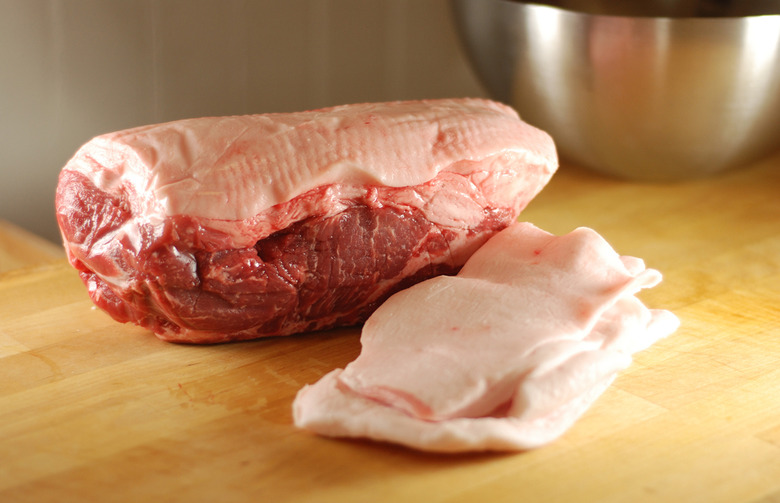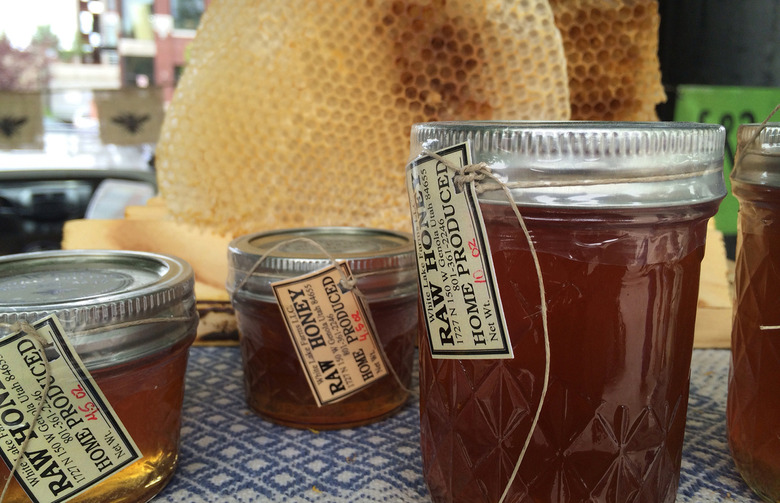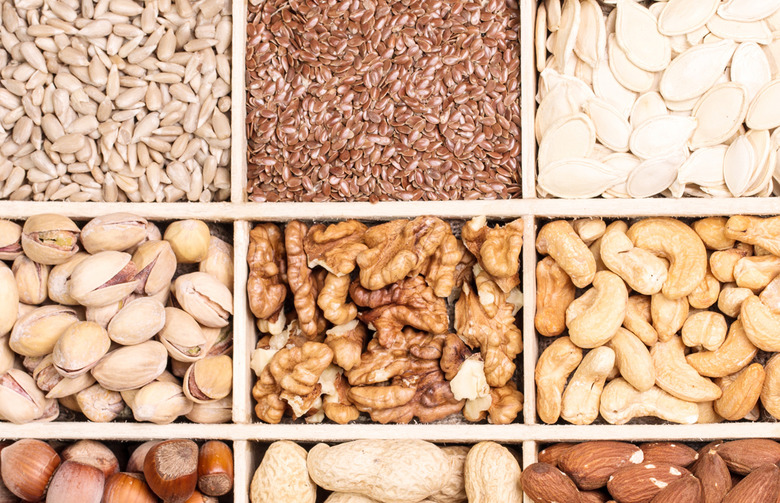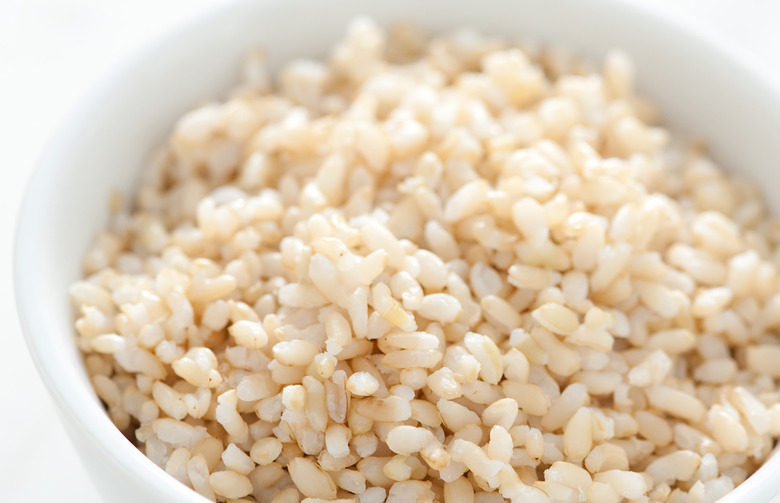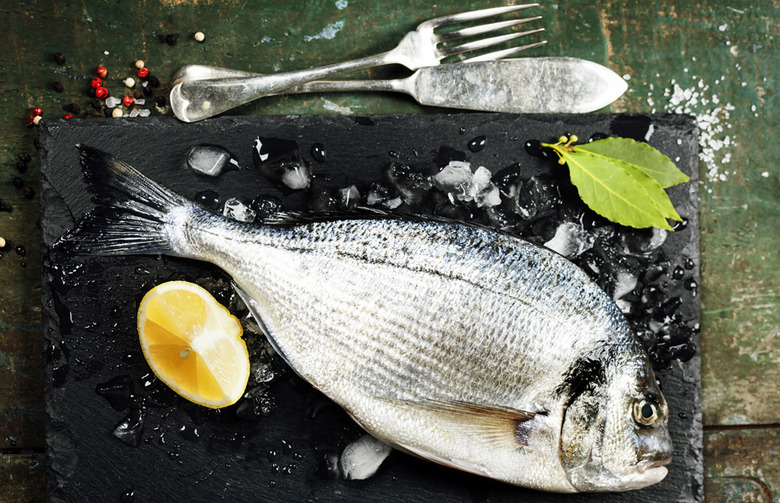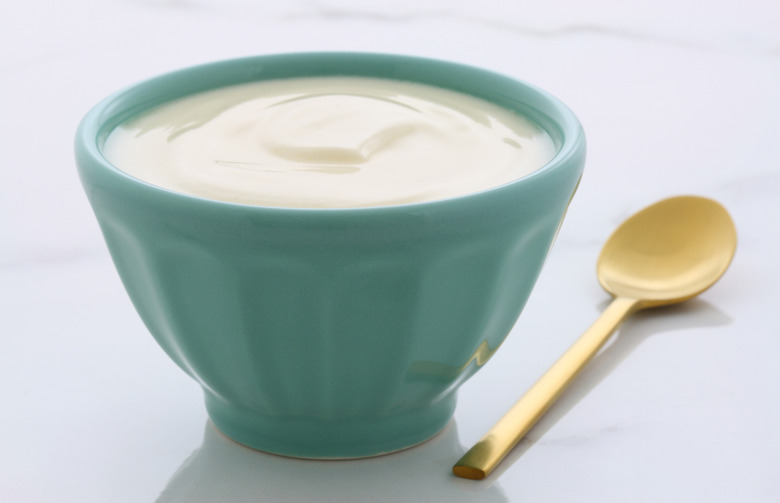If You Really Took All The Processed Foods Out Of Your Diet, What Could You Eat?
If you've ever felt guilty for ripping open a bag of chips or peeling back the plastic layer of a Lunchables, you're probably thinking about cutting back on processed foods. What is a processed food? According to Lauren Minchen, MPH, RDN, CDN, a New York City-based registered dietitian and nutritionist, processed food is anything edible that "no longer looks how it once did in nature, or something that never existed in nature."
Beans
Chances are you'll find your whole beans in a bag. This is one of the few cases when a bag is OK. How else would you carry your unprocessed, raw, uncooked beans home? Black, lima, kidney, and garbanzo beans are all protein- and fiber-rich. Add them to homemade soups or salads for a protein boost.
Dairy
Dairy includes milk, yogurt, eggs, and cheese. Their inclusion in a healthy diet may be a source of debate among some clean-food bloggers. If you are opting for an unprocessed diet rather than a raw diet, choose the right type of dairy. Organic, white, and full-fat varieties are allowed on a non-processed diet. If you are talking cheese, choose the block form, meaning not shredded, grated, bagged, or in strips.
Eggs
Nature's near-perfect food is full of heart-healthy fats, protein, vitamins, and minerals. Key words when shopping for them are "cage-free" and "organic."
Fruits and Vegetables
Shop for fruits and vegetables from local farms and farmers markets if possible, and choose organic varieties to avoid putting pesticides into your body. Eat them raw, or simply steam your vegetables to keep them as close to their natural state as possible.
Organic Meats
Organic meats will always be cheaper straight from a farm, but if you've got to go the supermarket route, then make sure to read your labels. Look for organic, humanely raised varieties that haven't been altered from their natural state. Meats like chicken, beef, and lamb offer nutrients like healthy omega-3 fatty acids, CLA, proteins, and more. If you want to source a farm, check out the site Eat Wild to find local organic farms near you.
Raw Honey
We're not talking about the honey that comes in a bear-shaped squeeze jar. Real honey, like Manuka, is raw and all natural. It is honey in its most original form and comes straight from the extractor, unheated, unpasteurized, and unprocessed. Use it as a sweetener in tea, coffee, on steel-cut oats, and more.
Raw Nuts and Seeds
Raw nuts and seeds are unprocessed, unsalted, and unroasted. Basically, you want the ones that squirrels eat. Raw and unsalted nuts and seeds contain proteins and healthy fats, so they become excellent sources of long-lasting energy, vitamins, and antioxidants.
Whole Grains
Choose whole-grain bread, brown rice, and steel-cut oats as the primary source of your grain intake. In addition to being chemical- and processed-ingredient-free, they are high in fiber.
Wild-Caught Seafood
Wouldn't it be great if getting fresh seafood were as easy as heading to your local fisherman's port and buying it off the boat? If you aren't one of the lucky seaside-dwellers, choose wild-caught seafood from a reputable supermarket or fishmonger. Wild-caught fish were raised in their natural environment, eating their natural diet. Also, look for local and sustainable varieties as healthier options.
